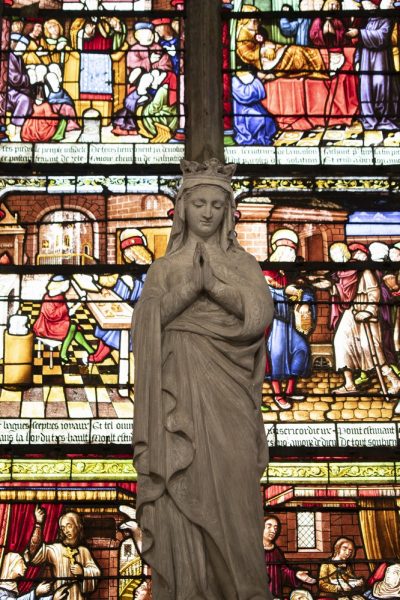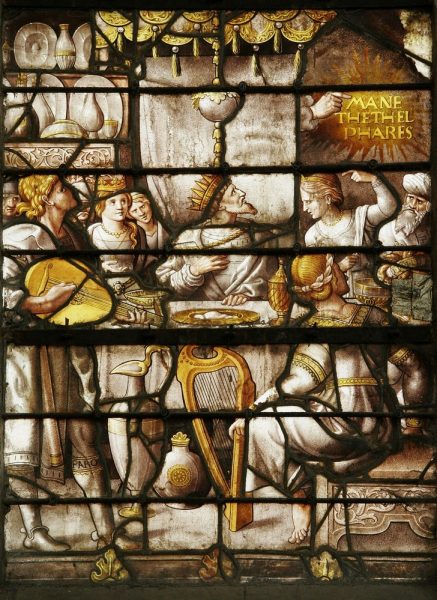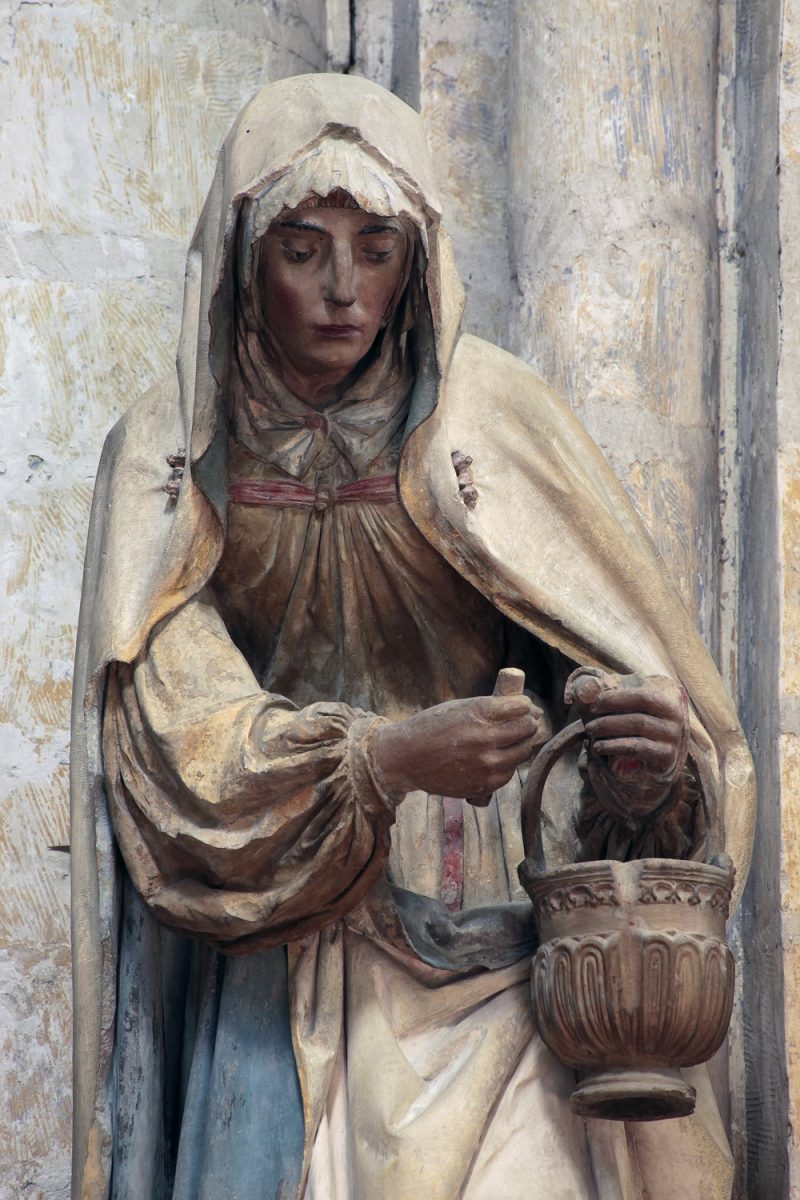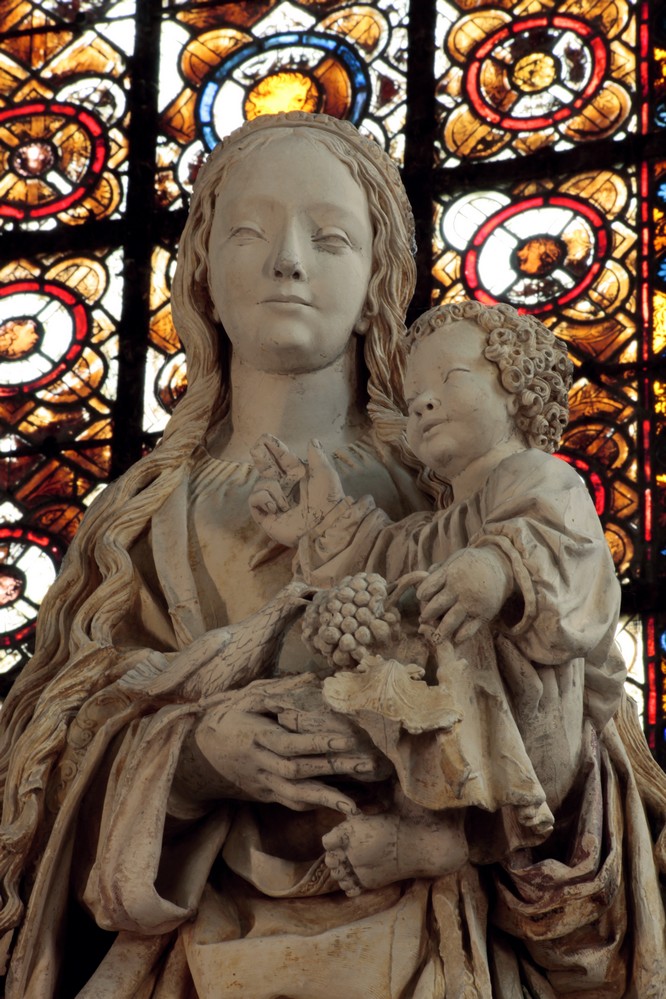Sólo en inglés
The saying goes that France is home to 80% of the world’s stained glass windows, that 80% of French stained glass windows are located north of the Loire, that 80% of the stained glass windows north of the Loire are in the Champagne region, and that 80% of the stained glass windows in the Champagne region are in the Aube département! A quick calculation would therefore suggest that around 40% of the planet’s stained glass windows can be found right here in the Aube… Nowhere else in the world will you find the sheer number and quality of stained glass windows as you can here.
The Aube is home to some 9,000 sq. m of stained glass windows, from the majestic Troyes cathedral to the smallest village church.
This priceless treasure is spread across some 200 religious buildings. No fewer than 1,042 listed windows come from the era known locally as the «beautiful 16th century» alone.
The rise of stained glass coincided with a time of peace and prosperity in Troyes, the fifth such period in the kingdom’s history. Rich members of the upper classes became patrons and sponsors. Churches were adorned with stained glass windows.
Three of these churches were rebuilt after the great fire of Troyes, providing a shot in the arm for this art form. The windows are decorated with religious iconography, naturally, but trades and corporations (such as cloth-makers, tanners, goldsmiths, archers and arquebusiers) also feature in these «comic strips» that were well ahead of their time.
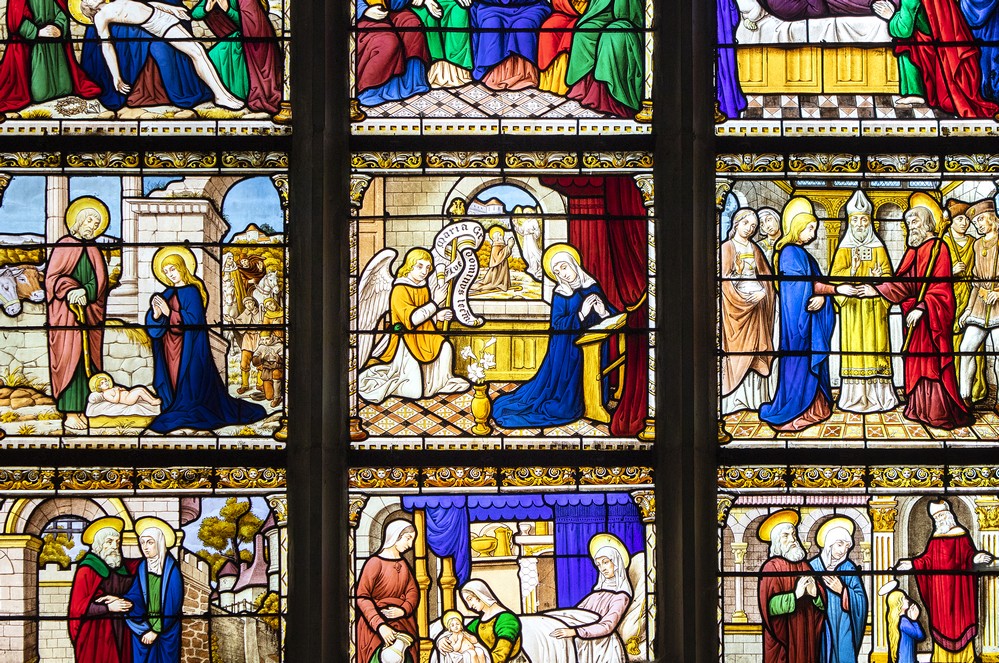
And the generous donors made sure that they were represented in person, too. Wealthy individuals also commissioned stained glass windows for their own residences. Between 1480 and 1850, Troyes earned a reputation as a leading seat of the arts, and was home to around 30 master glass artists.
They all worked to a similar style, using bright, warm and contrasting colours. Several historians have coined the term «the Troyes school» to refer to this stained glass art movement.
This exceptional heritage survives to this day in part due to the fact that the Aube was spared the devastating bombardments that ravaged other regions during recent wars.
Some stained glass windows were even removed and placed in safe-storage to prevent their destruction.
The stained glass city
Troyes and the Aube département are home to the largest and most stunning collection of painted stained glass windows in Europe. Stained glass is an art form that gained popularity in the Middle Ages.
The tradition continues to be practised to this day, by two master glaziers from Troyes.
It is a skill that lies mid-way between art and craft. Troyes also boasts a stained glass interpretation centre, which showcases the stunning heritage that can be found in churches throughout the Aube.
850 years after the creation of the oldest remaining stained glass window in the Aube, the Cité du Vitrail (stained glass city) proposes a deserved recognition of one of the département’s artistic gems, located in the Hôtel-Dieu-le-Comte – a remarkable group of buildings reconstructed in the 18th century and home to the Troyes university centre and the pharmacy museum.
It is a place steeped in history and the ideal location for the Cité du Vitrail, given its location between the cathedral and the basilica.
While many stained glass windows are visible only from a low angle, a vast distance or from a position that requires severe neck strain, here they can all be viewed at head height. The collection is exhibited in space covering 3000 sq. m and showcases the stylistic changes that have characterised this art form – one that is truly representative of the heritage of Troyes and the Aube département.
The exhibited pieces are regularly rotated and updated with new loans. The collection features both civilian and religious windows from the ancient to modern eras, covering both local pieces and stained glass windows from other départements or regions.
Domenico del Barbieri and the «Beautiful 16th»
When people in Troyes talk about the «beautiful 16th», they are not referring to the 16th arrondissement of Paris. Instead, it is a reference to a prosperous period in the city’s history, when Troyes was a melting pot of artistic talent and creativity in fields as varied as sculpture, painting, tapestry, embroidery, goldsmithery and glasswork.
The reconstruction of the city following the great fire of 1524 served to reinforce a movement that had begun with the fairs and markets, which had cemented Troyes’ international reputation and turned the city into a hotbed of talent and ideas.
The iconic figure of Domenico del Barbieri exemplifies this period in the city’s history. Born in Florence at the turn of the century, he was a complete artist, able to turn his hand to stucco, engraving, popular painting, architecture and sculpture.
He brought the Renaissance to Troyes and revolutionised the city’s art scene, with its German, Flemish and Italian influences.
After working at Château de Fontainebleau, del Barbieri spread his approach to architecture and décor across his adopted city. The «Beautiful 16th Century in Troyes» is a unique collection of 2,800 listed sculptures, two thirds of which come from the region and relate to this period and this discipline.
Some of the pieces are housed in the world’s greatest museums, including the Louvre, London and New York.
The characteristic iconography of the period features a Virgin with an oval-shaped face, a high, convex forehead, almond-shaped, slightly slanting eyes, long, wavy hair separated into two symmetrical sections, and a delicate smile.

